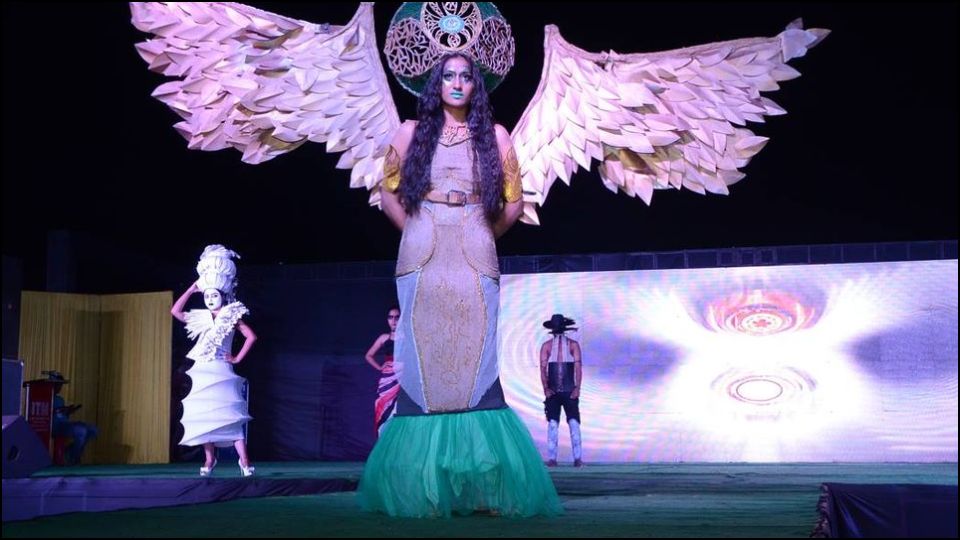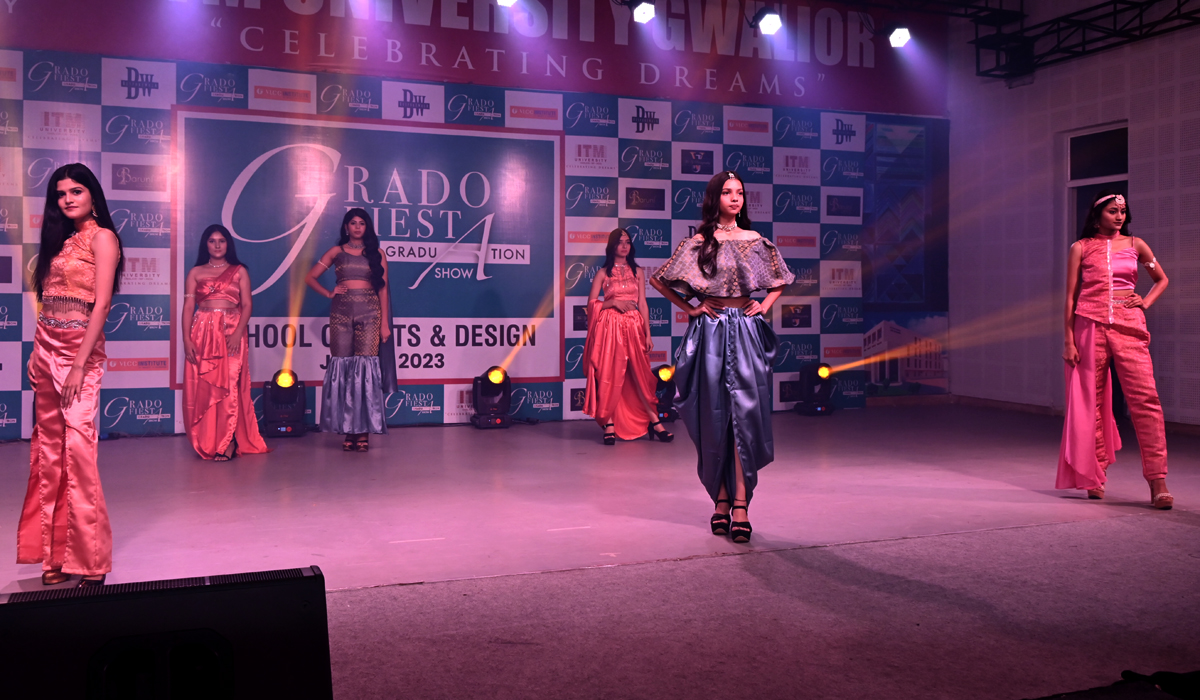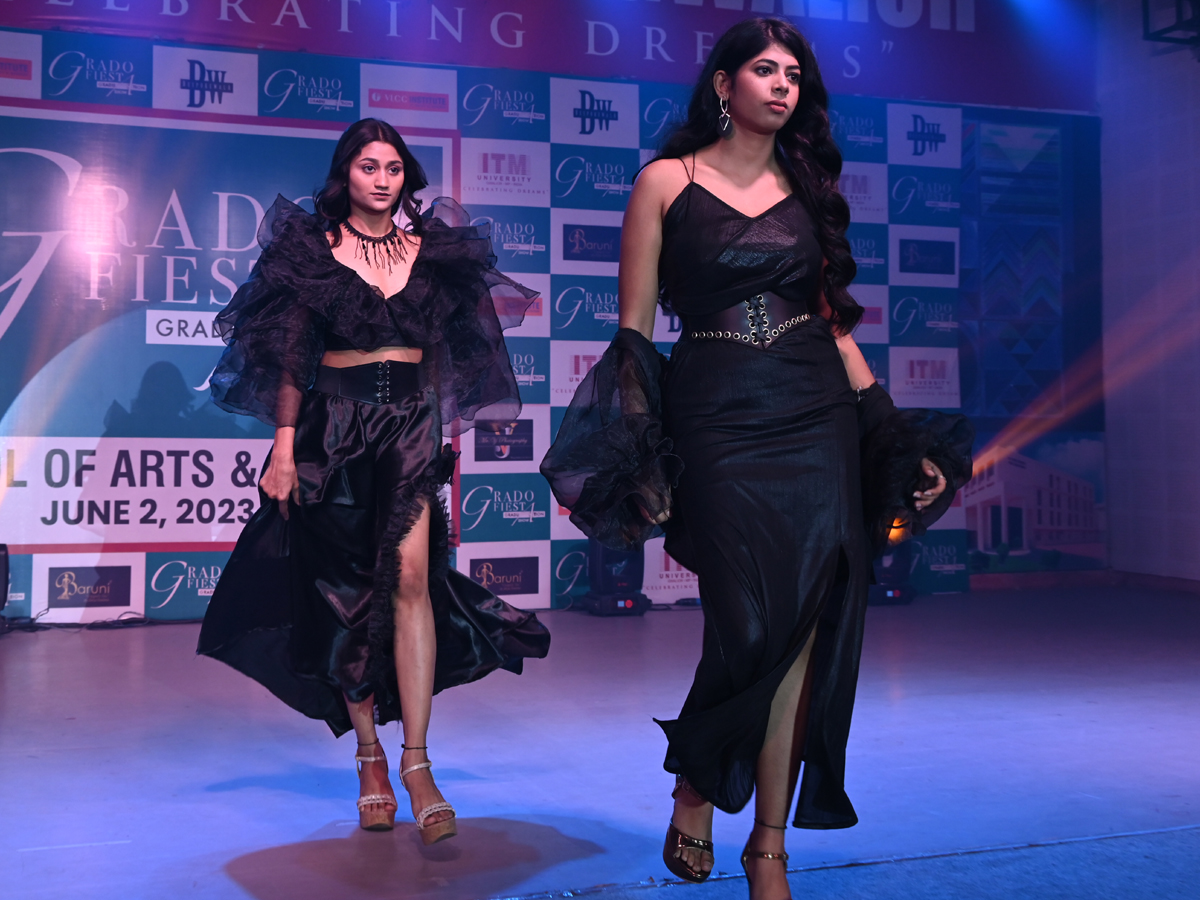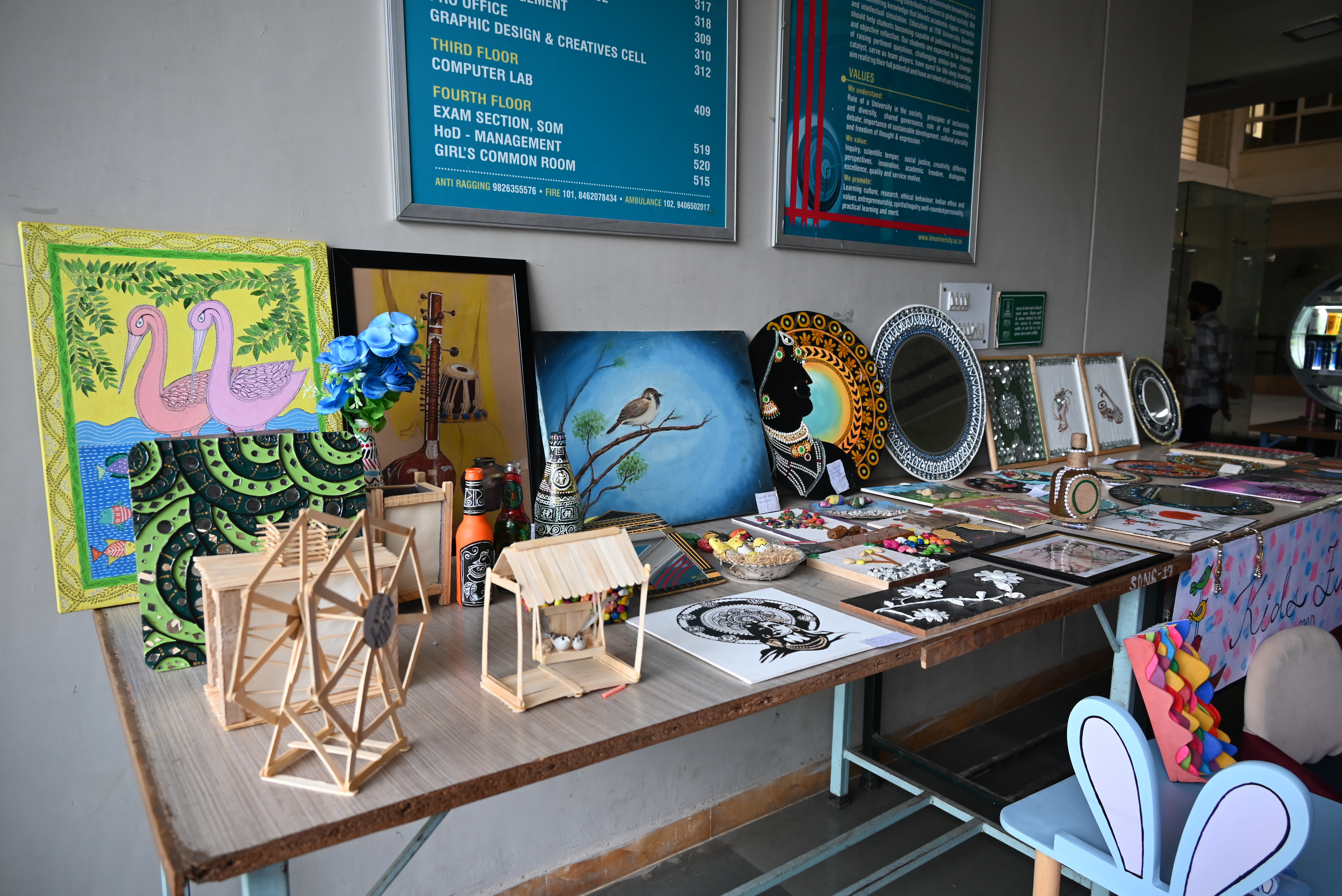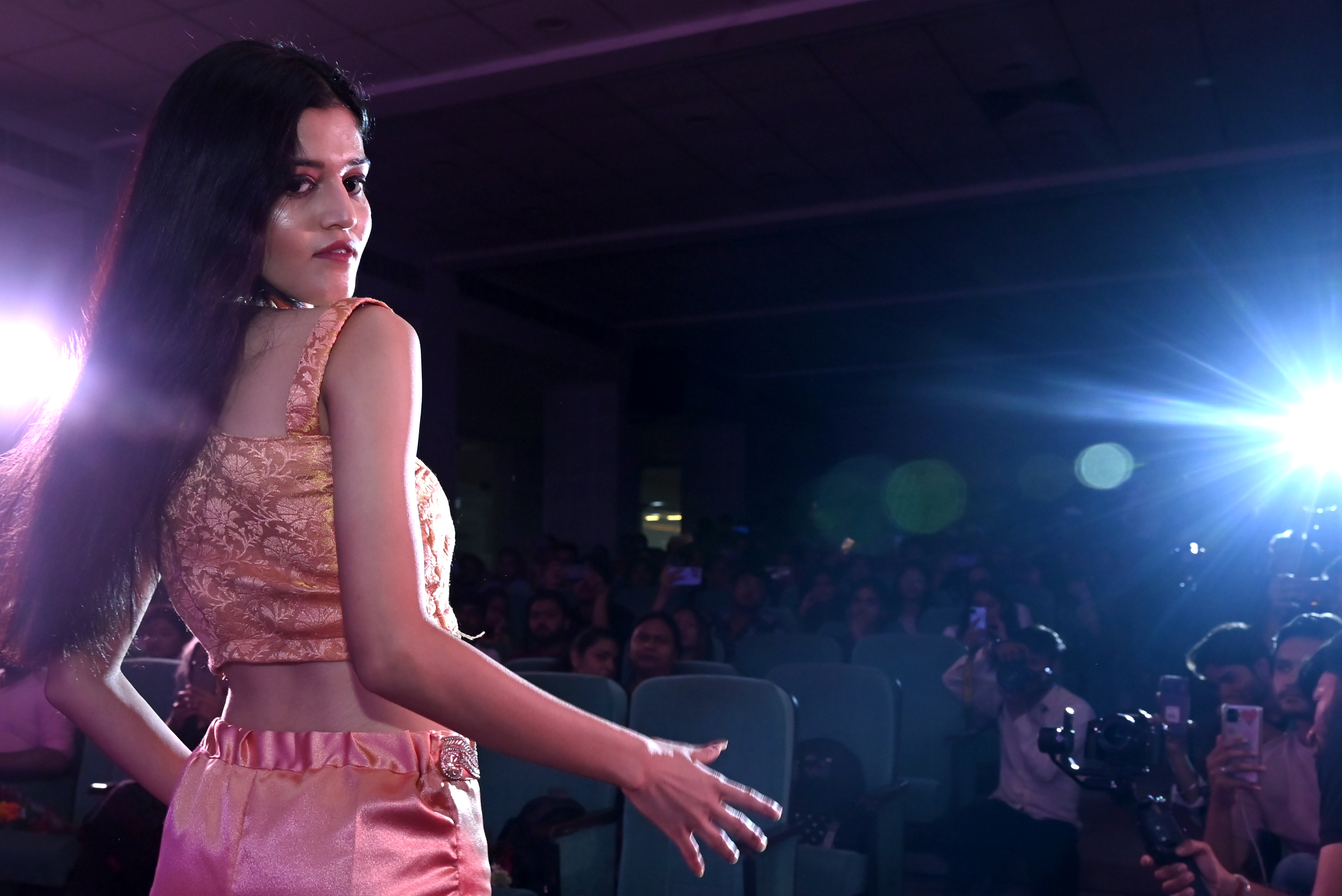School of Arts & Design
School of Arts & Design at ITM University engages with design on multiple levels from the highly conceptual to the deeply practical, with a strong culture of innovation, experimentation and debate. Programmes are supported by core faculty and professionals with reputations in world leading research, teaching and practice
The School of Arts & Design is a creative atmosphere for experimentation and innovative design. The curriculum provides an eclectic choice of subjects.
The various academic programs provide student with a launching pad into entrepreneurial forays in Interior & Fashion Design as well as design jobs in design firms, retail, fashion houses and media.
Dean
Ar. Rebecca Jadon
Vision
School of Arts & Design predicts a complete design education that shapes the students into responsible contributors to society. It enables them to identify significant contemporary problems, inculcate critical thinking, critique conventional solutions, and challenge the status quo to arrive at creative solutions through collaborative team efforts at different levels of society and influencing policymaking that lead to innovations.
Mission
School of Arts & Design (SOAD) aims to create future-ready designers who will have human-cantered technology-driven sensibilities. The School of Arts & Design aims to achieve excellence by
- Introducing students to fundamental principles of Design and emerging skills.
- Inculcating sensitivity towards looking at every art form and appreciating it.
- Understanding human psychology, their cognitive development, and how it leads to discovering tangible, feasible needs/aspirations.
- Working on complete skill development and analytical abilities required as a creative and responsible designer working in a dynamic, multifaceted, competitive environment.
- Encouraging the students to express freely, be inquisitive, seek answers, communicate proficiently; and lead life passionately.
- Create platforms for interaction with expert professionals, experienced faculties, and interdisciplinary knowledge.
- Nurture an environment of experimentation for the students and faculty.
B.Sc (Interior Design)
The Bachelor of Science in Interior Design is a three-year course that supports students in building a strategic vision and developing awareness of all the dynamics and variables affecting his activity. The course structure is finalized to getting a balanced knowledge on space structure. It’s articulated in 4 main goals: Know your time, through the study of art history and architecture, sociology and anthropology; Investigate new possibilities thanks to labs; Get the tools to use materials, colors, shapes and technologies; Tell the project through advanced skills of space representation.
(Potential – Interior Designer, Exhibit and Cultural Designer, Retail Designer, Personal and Concept Designer)
M. Des. (Interior Design)
The comprehensive M. Des. in Interior Design provides a well-rounded perspective on creating captivating spaces and expertly enhancing them with decor solutions. The curriculum centers on essential principles of interior design, encompassing 3D conceptualization, material and construction techniques, layout development, cutting-edge technology applications, budgeting for construction and renovation, fixtures, and the art of interior styling.
he program places equal emphasis on theoretical and practical knowledge, fostering a balanced learning experience. Our adept in-house faculty, combined with esteemed guest instructors, provide invaluable industry exposure. Students gain valuable insights into space design, styling, and the evolving domain of interior design, going beyond traditional definitions.
Opportunities
- Students engaged in professional undergraduate degrees in art/design should have opportunities to:
- Gain a basic understanding of the nature of professional work in their major field. Examples are: organizational structures and working patterns; artistic, intellectual, economic, technological and political contexts; and development potential.
- Acquire the skills necessary to assist in the development and advancement of their careers, normally including the development of competencies in communication, presentation, and business skills necessary to engage in professional practice in their major field.
- Develop teaching skills, particularly as related to their major area of study.
- Explore areas of individual interest related to art/design in general or to the major. Among the many possible examples are: aesthetics,theory, specialized topics in art/design history, analysis, and technology.
- Explore multidisciplinary issues that include art and design.
- Practice synthesis of a broad range of art/design knowledge and skills, particularly through learning activities that involve a minimum of faculty guidance, where the emphasis is on evaluation a completion.
Open Interactive space design

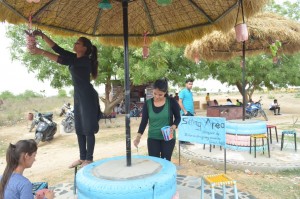
Theme based background design

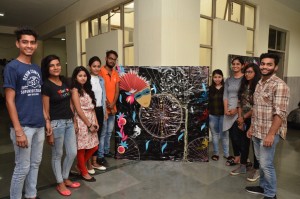
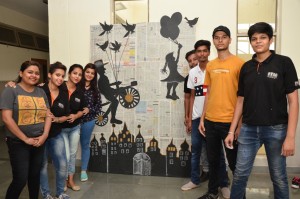
Exhibitions


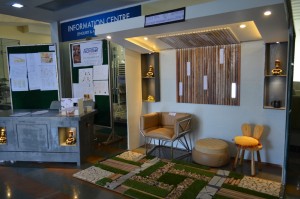

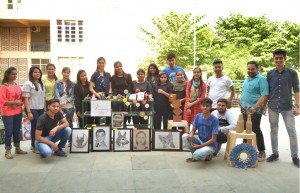
Fashion grado project
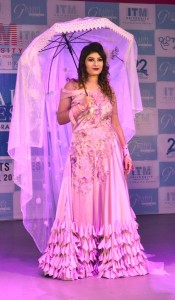
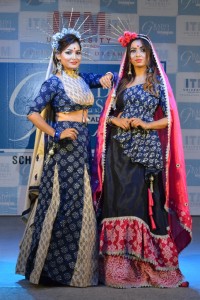


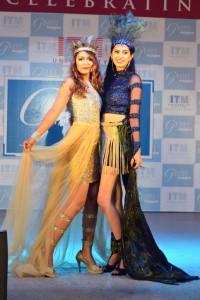
Library
A library is the heart of academic infrastructure. It is an organized body of knowledge. SOAD has a dedicated library with an extensive collection of books and journals covering a wide range of topics from the fields of Interior & Fashion , Design, Art, Heritage, and other allied creative fields. The library provides for online support to students and faculty.
Studios
Each batch has its dedicated studio with drawing boards, display panels, activity areas for academic pursuits and general interaction.
Digital Media
Using digital media in the design process and having updated information systems has become a crucial part of the school’s educational pedagogy. The School provides students with high-quality ICT infrastructure including dedicated computer labs, high-speed internet, intranet, and Wi-Fi connectivity backed up by peripherals such as scanners, printers & copiers.
Modeling Workshops
The students use the on-campus fabrication shops and workshops in support of studio and coursework assignments and independent projects. All students undertake intensive exercises in solid modeling and detailing, exposing them to a wide range of tools and procedures.
The School is equipped with numerous facilities such as the lab, exhibition hall, materials museum and interior that foster experimentation, research and innovation in building systems and design.
Atm & Bank Facility
Just close to the main gate of ITM campus, State Bank of Indore has its ATM facility which is accessible by all major debit/credit cards and inside the campus one branch of UCO bank is also available for students and staff.
Transport facility
The campus is supported by a regular bus service between its campuses and the city.
ITM-SOAD, set in the historical city of Gwalior, offers the students a foundation of our rich Style , design with stepping stones towards a bright and sustainable future.
- Regular Workshops and Activities.
- Exposure of the interior site.
- Activity based pattern of assessment
- Study tours
- Guest lectures
- Fashion shows,
- competitions

SCHOOL OF ARTS & DESIGN
The aim of our design courses is more than professional mastery. Our students explore the creative aspects of design with a balance of technological and theoretical approaches, using the latest equipments and technology. All our faculty are practicing professionals and highly competent in their field who either have their own labels, work in their own businesses or with leading designers as well as being experienced faculty. You will be taught by faculty who are at the top of their profession enabling you to gain inside information and contacts within the design industry. Fees are kept to an affordable level and courses are planned in bite sized steps to assist you to progress from stage to stage so that you can go at your own pace and progress from beginners levels on wards according to your budget.

As far as opportunities are concerned, the graduates have many options to select their field according to their area of interest and capability. After completing their course, they can get placement in some reputed apparel manufacturing industries as a Merchandiser,Fashion Journalist, Fashion Designer, Fashion Co-ordinator, Sampling Co-ordinator, Design Co-ordinator, Head Designer in Export House, Fashion Consultant, Illustrator, Faculty in Fashion design Institute,Entrepreneur of Garment Business, Fashion Choreographer, Fashion Stylist, Freelance Designer, and Project Designer in Govt. Organization.

Interior Designer, Furniture Designer, Exhibition Designer, Project Consultant, Landscape Designer, Display Artist,Design Consultant, Faculty in Interior Design Institutes, Commercial Complex Designer, Set Designer, Home Furnishing Designer, Tourist Resort Designer and other various opportunities are there as per professional skills of the students.

- Students engaged in professional undergraduate degrees in art/design should have opportunities to:
- Gain a basic understanding of the nature of professional work in their major field. Examples are: organizational structures and working patterns; artistic, intellectual, economic, technological and political contexts; and development potential.
- Acquire the skills necessary to assist in the development and advancement of their careers, normally including the development of competencies in communication, presentation, and business skills necessary to engage in professional practice in their major field.
- Develop teaching skills, particularly as related to their major area of study.
- Explore areas of individual interest related to art/design in general or to the major. Among the many possible examples are: aesthetics,theory, specialized topics in art/design history, analysis, and technology.
- Explore multidisciplinary issues that include art and design.
- Practice synthesis of a broad range of art/design knowledge and skills, particularly through learning activities that involve a minimum of faculty guidance, where the emphasis is on evaluation a completion.




